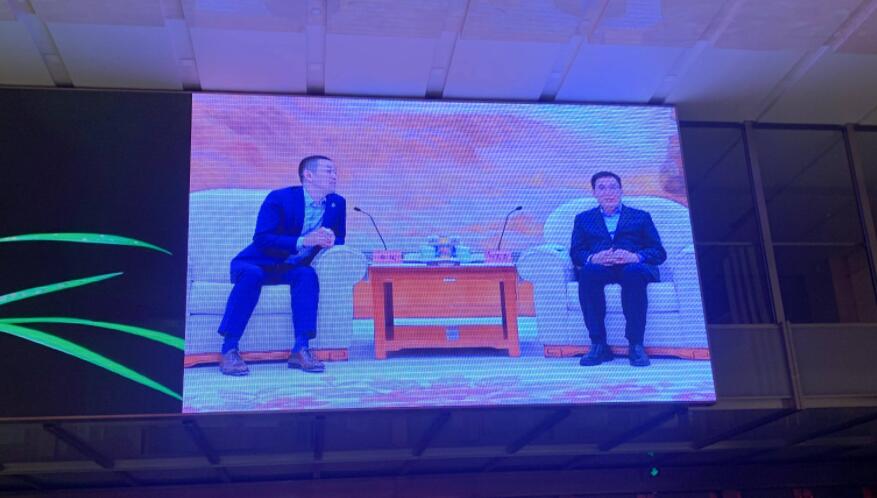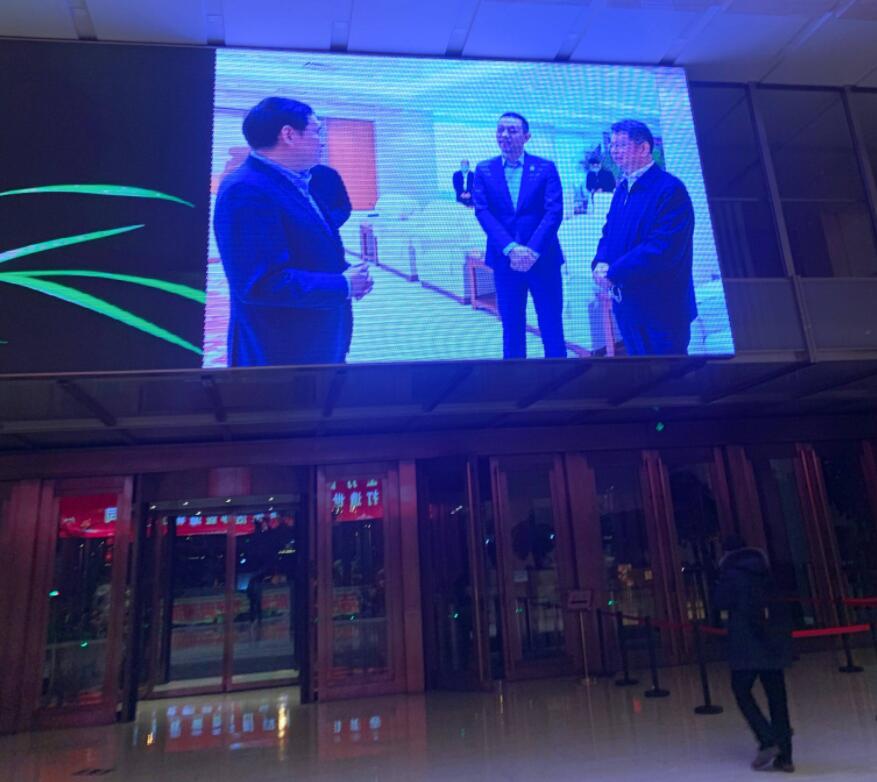Nio's William Li visits oil giant Sinopec
William Li, founder, chairman, and CEO of Nio, and the company's president Qin Lihong recently visited fossil fuel energy giant China Petrochemical Corp (Sinopec Group), according to pictures circulating on the Internet.
Local media reported that they discussed the development trend of the electric vehicle industry, charging and battery swap facilities construction, and high-end synthetic materials.
On February 14, Sinopec Chairman Zhang Yuzhuo visited one of Nio's battery swap stations, for which Qin gave a briefing on the construction and operation of the battery swap station, and they agreed to meet each other after the Chinese New Year to work together to promote the industry's development.
Zhang also had a brief chat with an Nio owner who was there for a battery swap, according to an article posted by Nio's Vice President of Power Management Shen Fei in the Nio App on February 14.
The article did not reveal more details, but it is worth noting that the Nio's battery swap station is next to a Sinopec gas station.
Sinopec, with a registered capital of RMB 326.5 billion, is China's largest supplier of refined oil products and petrochemicals, the second-largest oil, and gas producer, and the world's number one refining company and third-largest chemical company.
Sinopec has more than 30,000 gas stations, ranking second in the world. It ranked No. 2 on the 2019 Fortune 500 list of the world's largest companies.
Oil giant Sinopec chairman visits NIO's battery swap station
At 2020 Nio DAY in January, Nio officially launched the second generation battery swap station, which is cheaper to build than the first generation battery swap station.
The second-generation battery swap station occupies 4 parking spaces, and compared with the first-generation technology, the number of batteries in the second-generation battery swap station has been increased to 13, and the service efficiency has been improved by 3 times, and the maximum number of battery swap can be completed 312 times per day.
The second-generation battery swap station will also support AVP automatic parking technology, which allows users to automatically park into the battery swap platform with a single click. Without the need for the user to get out of the car, it can realize the simultaneous exchange of batteries in and out of bins on dual tracks, further reducing battery swap time.
By the end of 2020, the total number of Nio battery swap stations will exceed 150, covering 58 cities nationwide. The second generation of battery swap stations will be built in April this year.
Due to the construction cost, operation cost, and technical standards, except for a very small number of new energy vehicle enterprises such as Nio and BAIC, which have briefly tried battery swap, the majority of enterprises still choose charging as the main way to replenish the energy of electric vehicles.
If the cooperation between Nio and Sinopec finally becomes a reality, Sinopec's more than 30,000 gas stations nationwide will solve the two major problems of site selection and infrastructure of battery swap stations for Nio. By simply upgrading the existing gas stations with battery swap equipment, a well-equipped battery swap station can be built.
For Sinopec, China is undergoing a rapid transition to electric vehicles, and the proportion of electric vehicles will increase year by year, while the proportion of fuel vehicles will decrease.
NIO's 2nd-gen battery swap station begins final testing, deployment expected to begin in April



